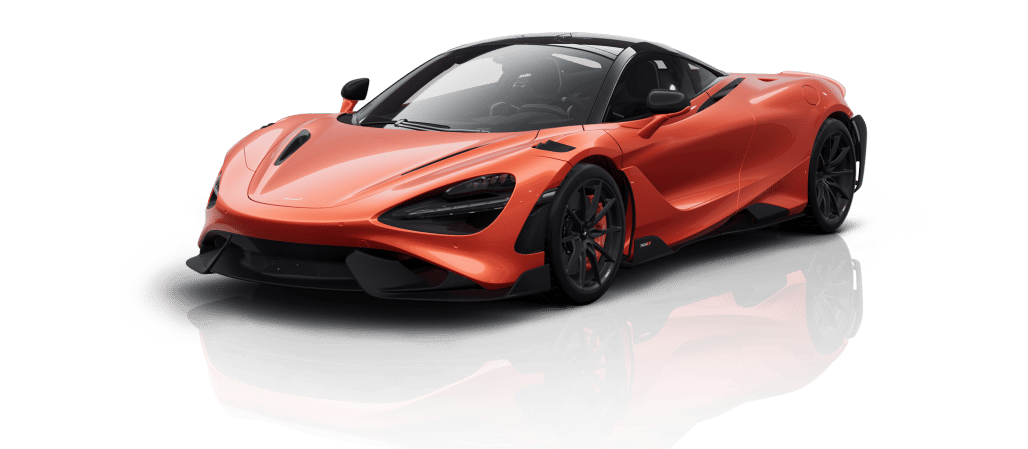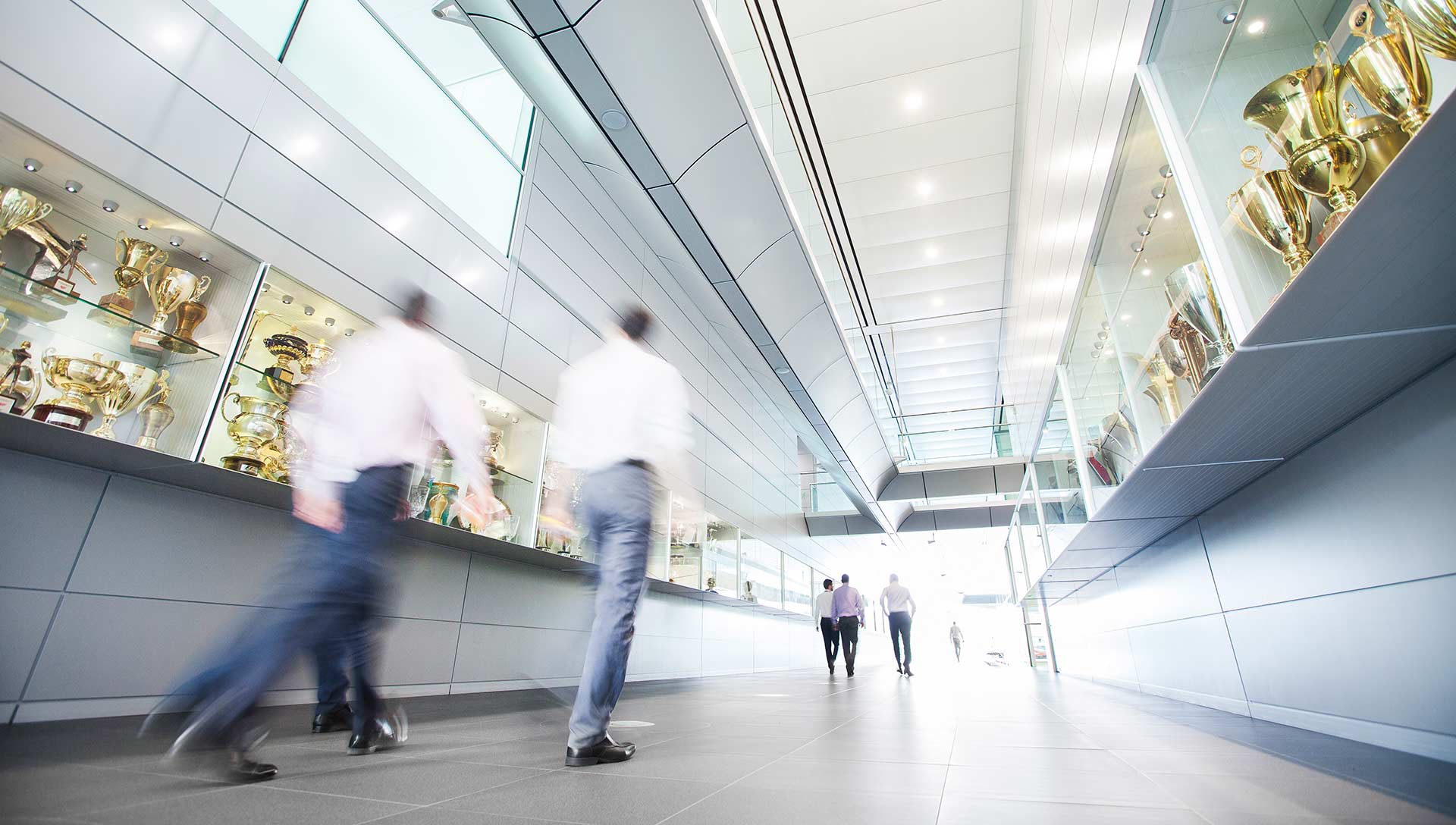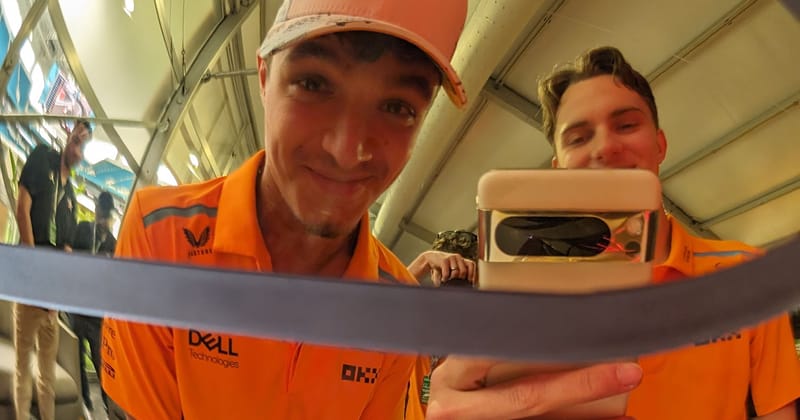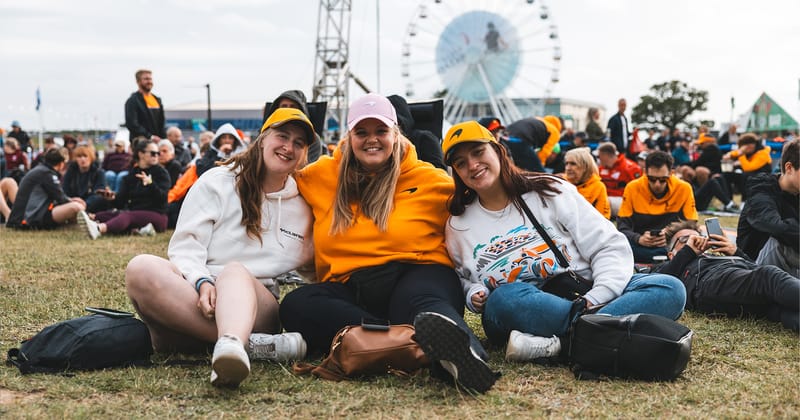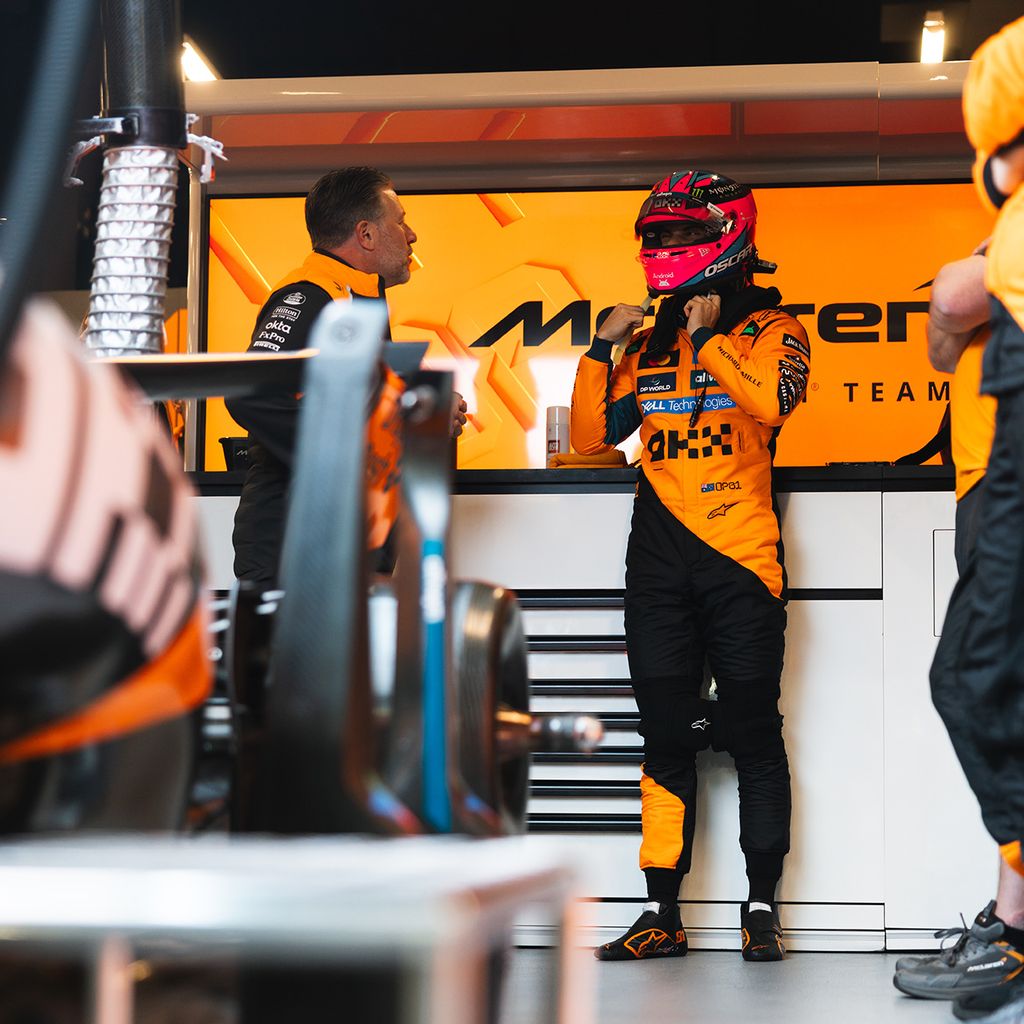
The Las Vegas Grand Prix Briefing - powered by Google Cloud
Cold graining, low grip, and a new look schedule: Answering this weekend’s key questions

Welcome to The Briefing, where we’ll be answering the key on-track questions ahead of the Las Vegas Grand Prix.
Each week, powered by Google Cloud, we’ll be speaking to one of our trackside experts to walk you through the biggest talking points and provide you with a simplified guide of what you’ll need to know to jump straight into the action. This week, ahead of FP1, we spoke to Cédric Michel-Grosjean.
For most of the year, our team heads to and from the track in shorts and a T-shirt, but at the Las Vegas Grand Prix, the much cooler temperatures call for plenty of layers, with the race taking place at night in winter. The cold doesn’t just affect the team, it impacts the cars too, and that’s largely what we’ll be exploring in this week’s edition of The Briefing.
The team will be relieved that the sessions aren’t expected to be quite as cold this year, with an updated schedule shifting the timings. That change, however, will require fresh learning about how it will affect the MCL39. With the help of Cédric, we’ll look at what the new timetable means for performance, while also digging into the challenges of running on a colder track, from reduced grip to the risk of cold graining, and how the team is preparing the cars in response.

This is our third year racing in Las Vegas, but perhaps a little different to previous years. What can you tell us about that?
The race schedule has been moved forward a couple of hours, so the race begins at 20:00 rather than 22:00. That’s going to be nasty for everyone working back in Mission Control at the MTC in the middle of the night – but what it means at the circuit is that track temperatures should be a couple of degrees hotter, with the surface having had less time to cool after sunset.
That said, there’s not a lot of sunshine around so far this week! It’s been cold and overcast, and we may get some rain through Practice. We haven’t had rain in Vegas before, which adds a little more complexity.
Cold graining was a big issue here in previous years, but Pirelli’s 2025 compounds seem more robust. Does that mean it won’t be a factor?
Hmmmm… there is a consensus of opinion that graining hasn’t been anything like as prevalent this year – but on the other hand, we’ve certainly seen some graining in Mexico and Brazil, so it isn’t something that’s gone away completely. Across Practice, we’ll definitely want to learn what to expect from the race, how it will limit us, and how we can protect the cars from it.
This is part of the standard learning we’re going to want to do with the tyres. We’re going to be keen to learn as much as we can, especially for the front right tyre. We need to learn how much the drivers will be able to lean on it in the race.
We saw in last year’s race that the front-right could be quite fragile, and drivers who pushed too hard, too early, had graining and lost a lot of time. It’s going to be a difficult thing to judge, and we’ll be looking at setup tweaks.
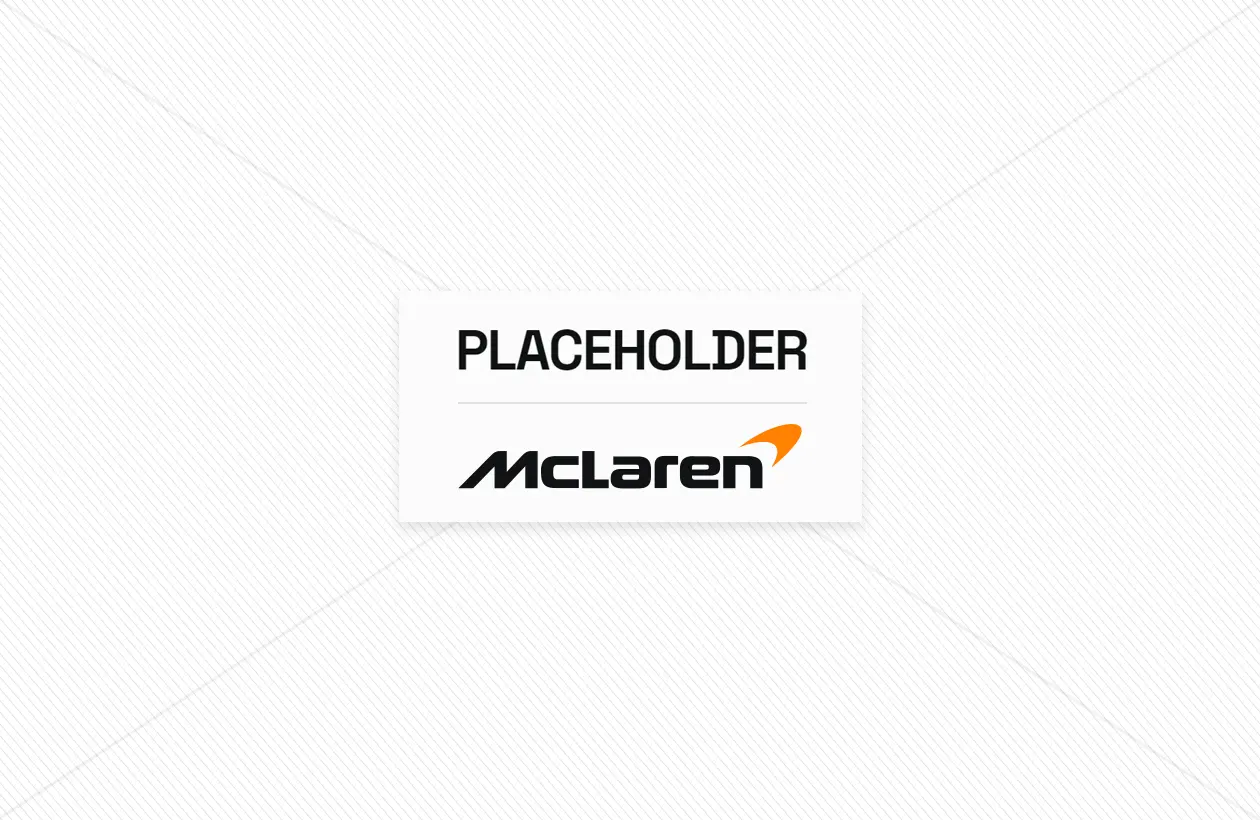
Last year, the Las Vegas Strip Circuit was the lowest grip track on which we raced. Is this likely to be the case again?
Very likely. There are not many support races – just F1 Academy this year – and the track is open to road traffic from midnight until noon, so we expect it to be in poor condition, though particularly for FP1 and FP3 when we are the first cars on track. It’s a bit like Monaco in that respect – though here it’s just normal road traffic, not like going around Rascasse through the remains of the previous evening’s party! On the other hand, we’re out here in the desert, and there’s plenty of dust to blow in. In FP1, it is going to be tough to get the most out of the car.
Does the low grip influence the thinking about downforce levels?
It’s probably a case of running our Monza wing, which is the lowest drag wing we have. The lap time is only a little slower than the next wing up, and it provides a big pace advantage on the straights, which is very useful for attack and defence. There are variations with the Monza wing that we can try with trims and different beam wing option, and we’ll run different specs across the cars today.

The standard approach on a street circuit is to give the drivers as many laps as possible to get comfortable. Will that be the case here?
That’s difficult to do here because the lap is quite long. What is interesting is that last year we saw a lot of improvement from the start of a run to the end, something like six seconds at one point. A little bit of that is driver improvement, but a lot is the track cleaning itself up. That makes it quite difficult to judge what improvement the drivers are making.
It is a circuit where the drivers will benefit from familiarisation because with the barriers, the track is quite featureless, and that makes it hard for them to pick up reference points for braking, particularly around T7 and T11 into T12. The more laps they can do, the better.
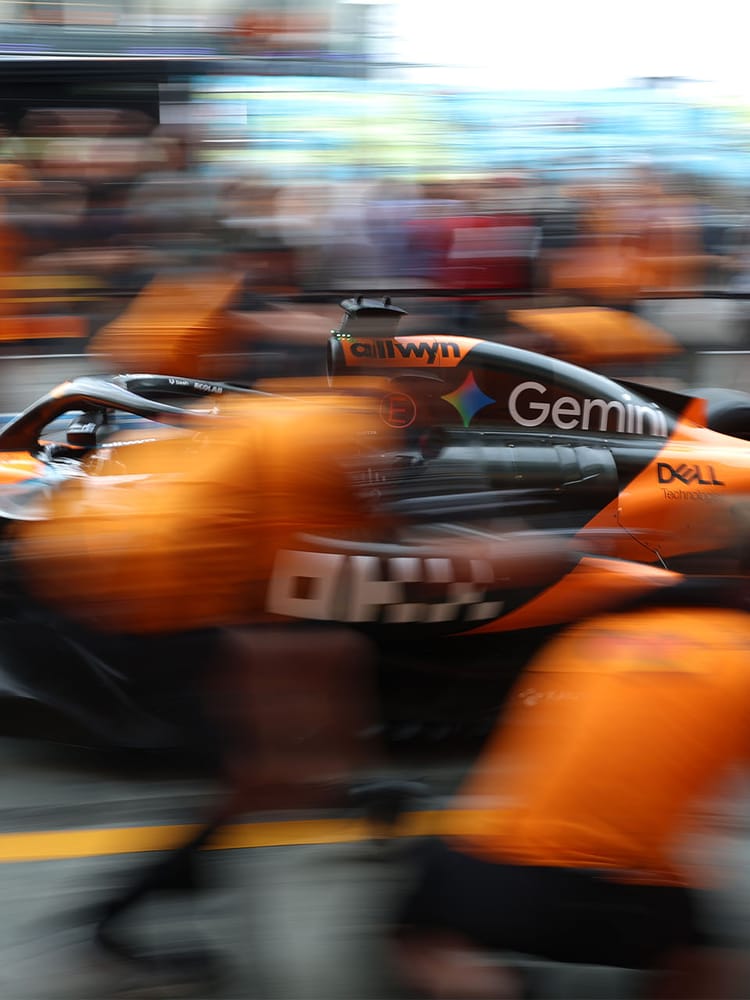
Find your competitive edge with Google Cloud
It doesn’t look like it’s going to be bitterly cold, but still colder than anywhere else we’ll race this year. Does that push the team into doing anything differently?
The best reference for the temperatures we’ll see this weekend is probably something like a winter test in Barcelona. Obviously, this year we didn’t have one of those, but it was surprisingly chilly in Bahrain during the winter test.
It makes you run the car closed up, with tight bodywork. How far that can be pushed is something to investigate. We’ll want to see how the car behaves in traffic during practice, because it’s possible to go too far.
The temperatures are unusual, but not that far outside the normal parameters – and likely the things we’ll be testing most are the big jackets and bobble hats! Those haven’t been out of the wrappers yet this season!
McLaren Racing leverages Google Cloud AI to gain a competitive edge by visualising race data to provide real-time insights, and creating efficiencies across processes and resources.
Recent articles
All articles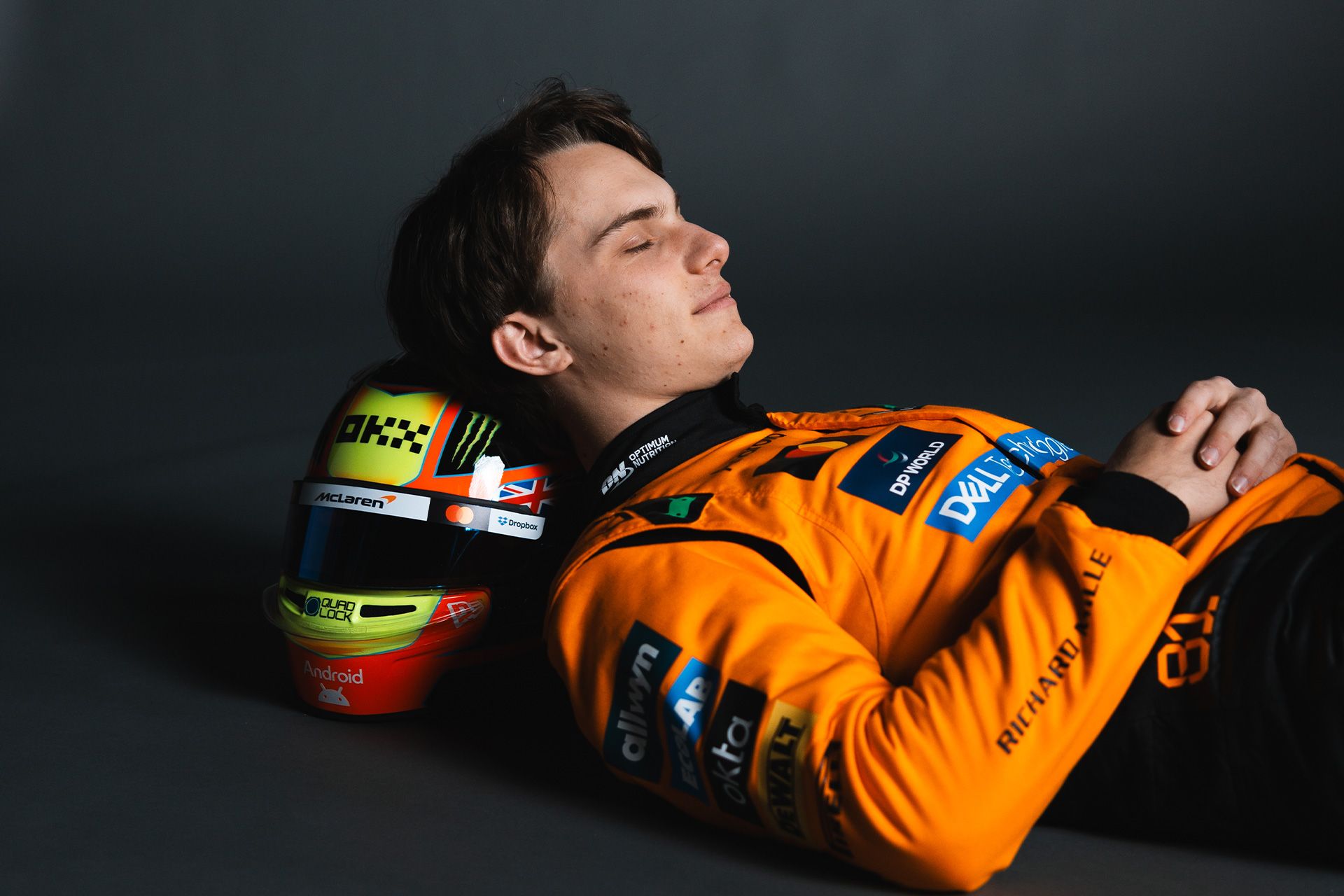
How do Formula 1 drivers sleep?
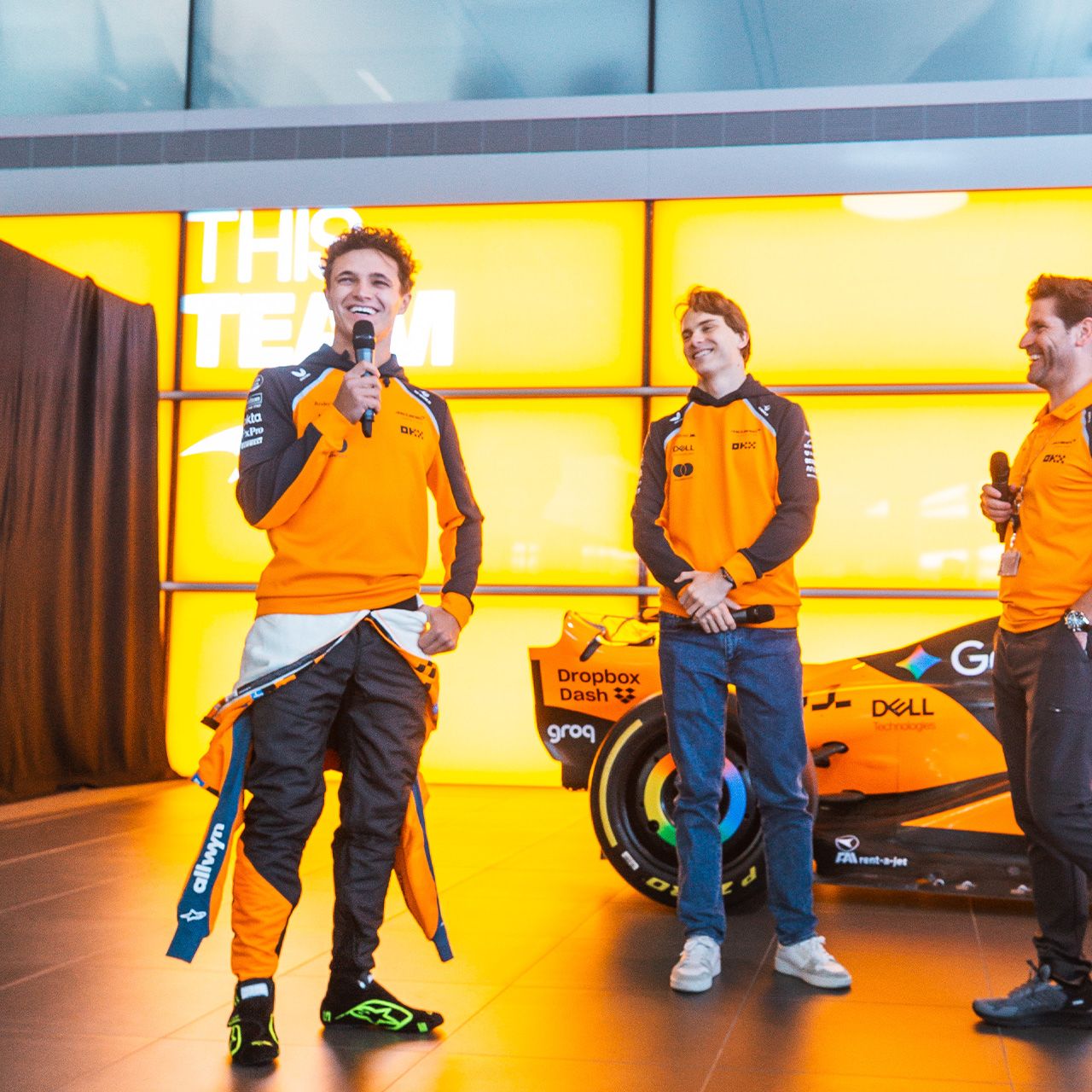
Exclusive interview: Zak, Andrea, Lando, and Oscar
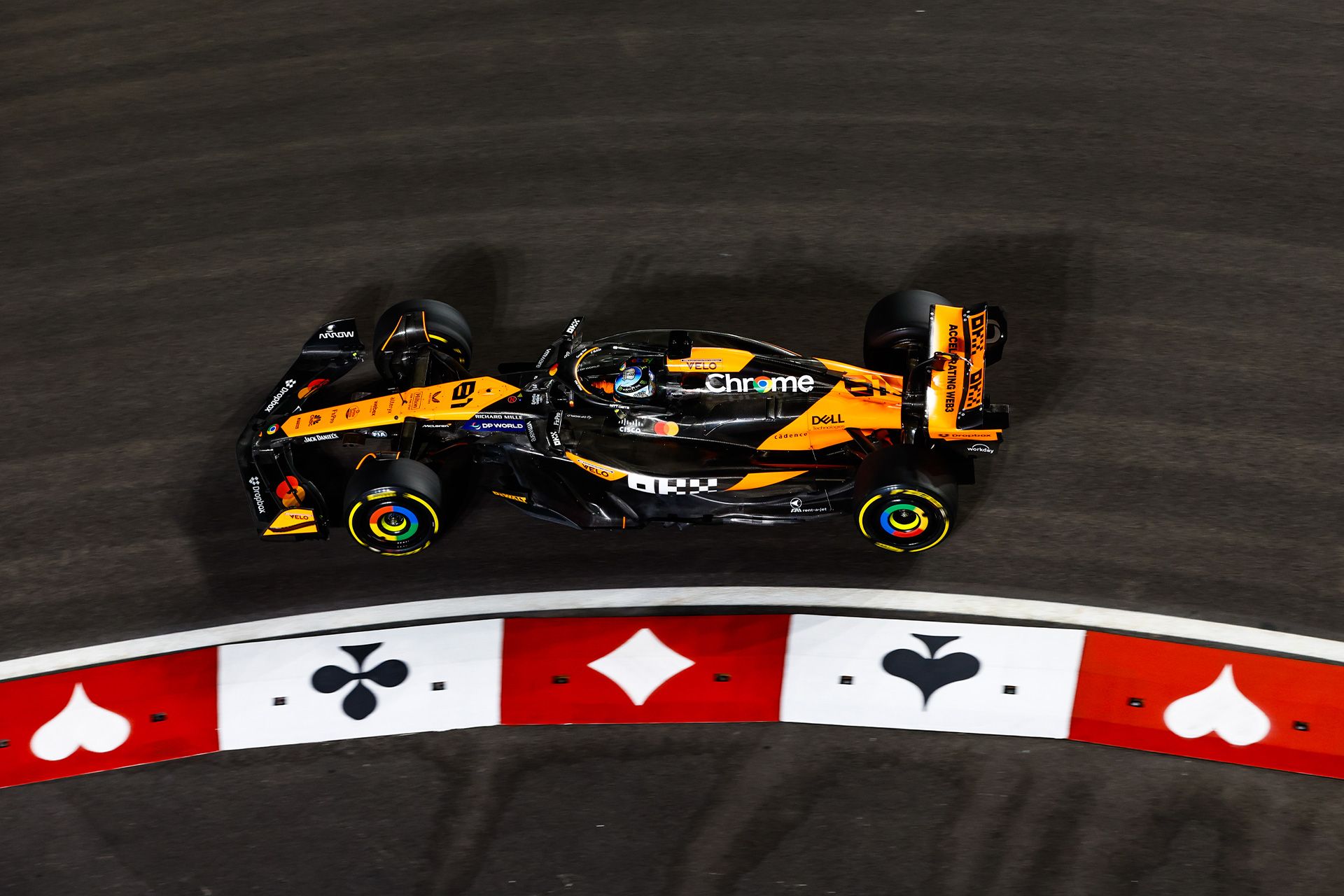
Preview: The 2025 Las Vegas Grand Prix – presented by OKX
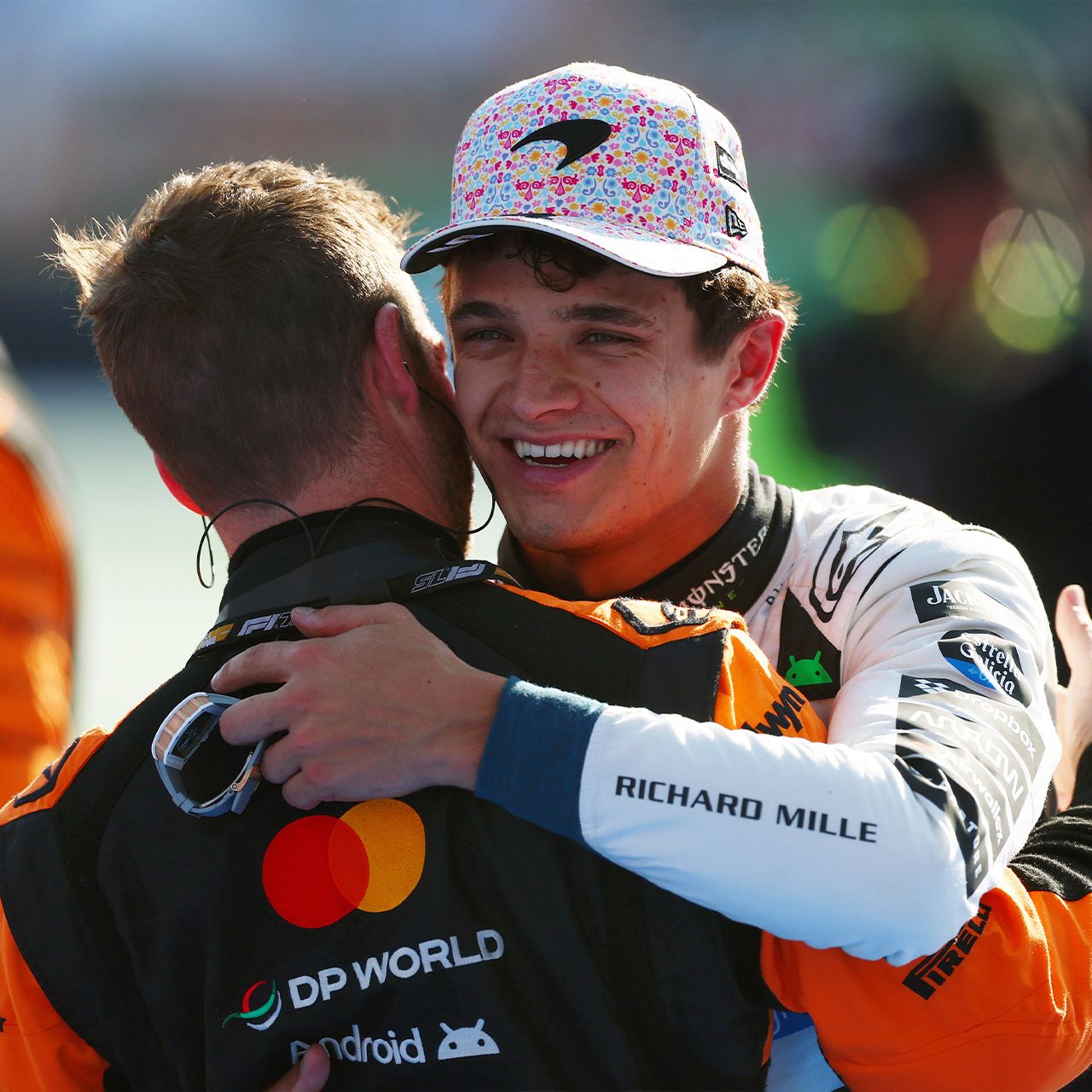
Quiz: What can you remember from the 2025 Mexico City Grand Prix?

How to train like the McLaren Formula 1 Team – presented by Technogym
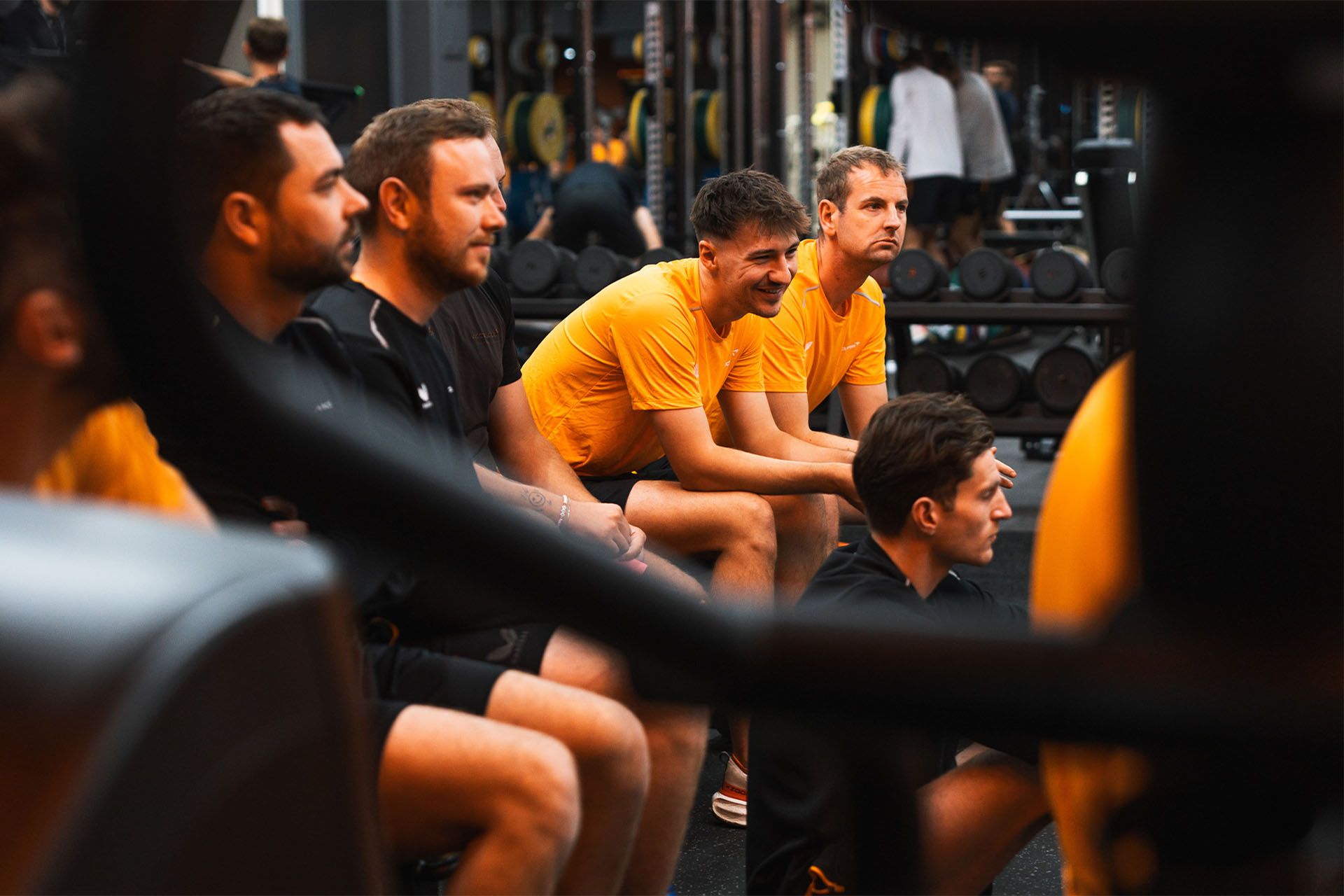
How to recover like the McLaren Formula 1 Team – presented by Technogym


